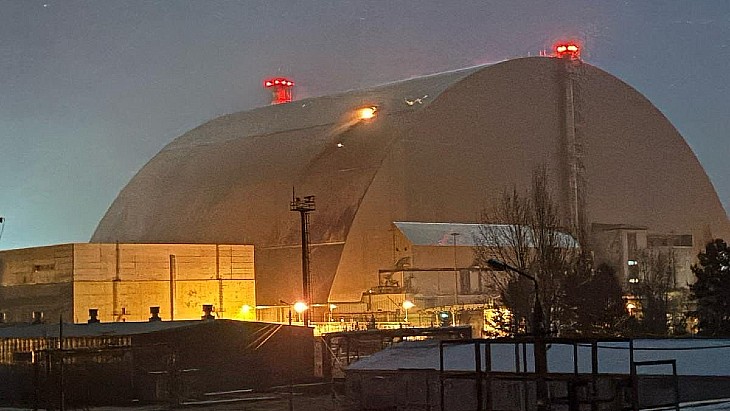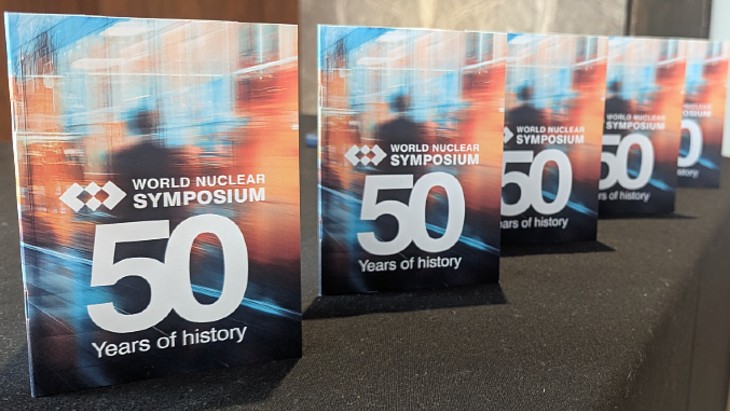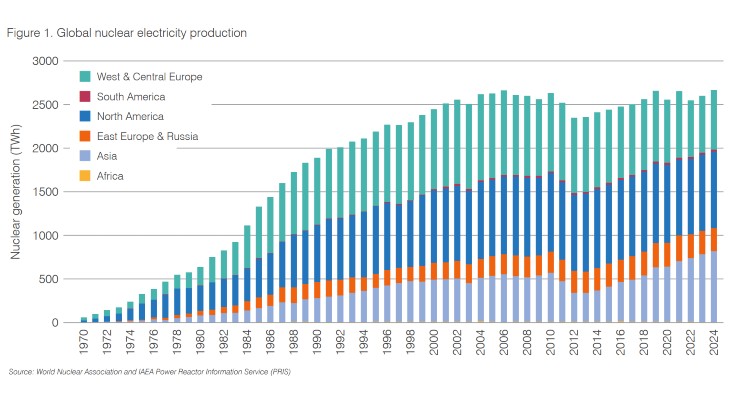The US Government Accountability Office (GAO) has recommended the standardization of security measures for weapons-grade nuclear material at both government and commercial nuclear sites.
Responsibility for the security of weapons-grade nuclear material - known as Category I special nuclear material when in specified forms and quantities - is divided between the Department of Energy (DOE) and the Nuclear Regulatory Commission (NRC). Category I materials include plutonium and high-enriched uranium (HEU).
Specifically, DOE and the National Nuclear Security Administration (NNSA), a separately organized agency within DOE, are responsible for overseeing physical security at government-owned and contractor-operated sites with Category I material. These include nuclear weapons facilities. The NRC, which is responsible for licensing and overseeing commercially owned facilities with nuclear materials, such as nuclear power plants, is responsible for regulating physical security at those licensees that store and process Category I material under contract, primarily for the DOE.
In a letter to Connecticut Rep. Christopher Shays, the ranking Republican on the House Oversight and Government Reform's national security subcommittee, the GAO said, "A successful attack on a facility with Category I special nuclear material could have unacceptable human, economic and symbolic consequences. Consequently, we believe that, regardless of locations, there should not be differences in the protection of Category I special nuclear material."
The GAO noted that DOE and NRC licensees "often deal with the same types of Category I material", which it claims "can be used to construct an improvised nuclear device capable of producing a nuclear explosion."
Because of the risks associated with Category I special nuclear material, both DOE and NRC recognize that effective security programs are essential. The key component in both DOE's and NRC's security programs is each agency's design basis threat (DBT) - classified documents that identify the potential size and capabilities of terrorist threats to special nuclear material. The GAO notes that security at both NRC- and DOE-licensed facilities have improved since 11 September 2001, but suggests the two agencies need to develop a common DBT.
However, the NRC and NNSA disagree with the GAO's recommendation for a common threat assessment document. The GAO first made the recommendation in a February report, which is classified.
The NRC said that sites overseen by it and the DOE are different types of facilities. "The NRC does agree in part with the GAO's conclusions, but we disagree that a common DBT should be developed," spokeswoman Holly Harrington said. Instead of a common document, the NRC wants threat assessments that take into account the type, purpose and quantity of material stored on the site. Harrington noted that while some DOE sites hold plutonium, no civilian sites deal with separated plutonium. In addition, she said only two NRC-regulated sites (both nuclear fuel production plants) have uranium enriched to greater than 20% U-235 in quantities greater than 5 kilograms.
The GAO also recommended that the NRC should work to ensure that security at its licensed sites have the same legal authority as DOE sites to use deadly force and carry heavier weapons, such as automatic weapons. The NRC expects those new regulations to come into effect within the next couple of years.
Another recommendation involved DOE and NRC cooperating in establishing computer modelling capabilities and force-on-force performance testing to assess security and identify vulnerabilities.
Further information
Department of Energy
Government Accountability Office
Nuclear Regulatory Commission
GAO letter to Christopher Shays












